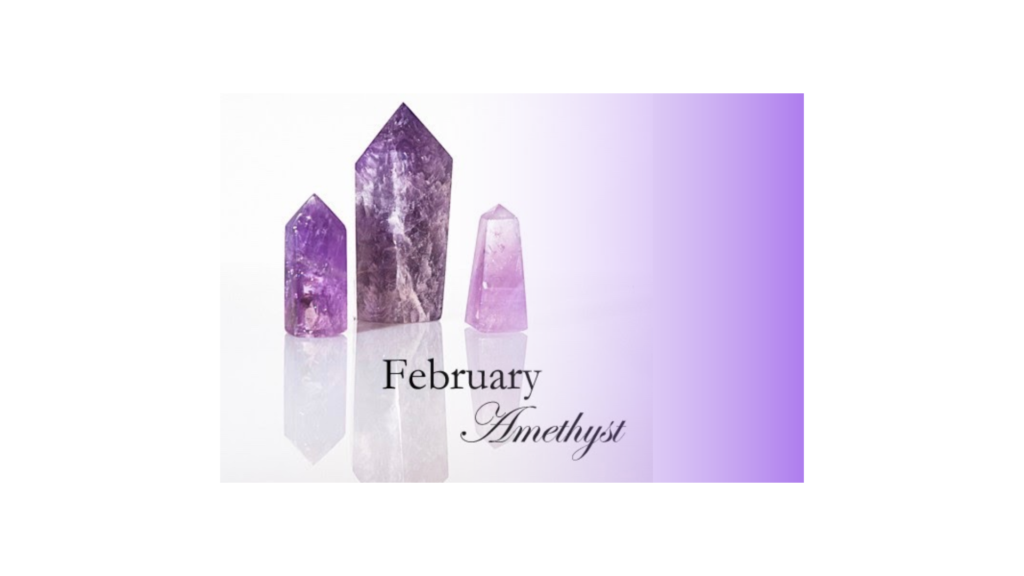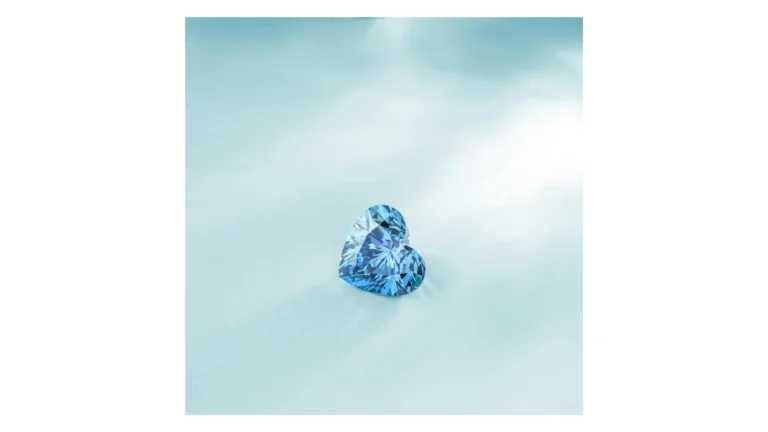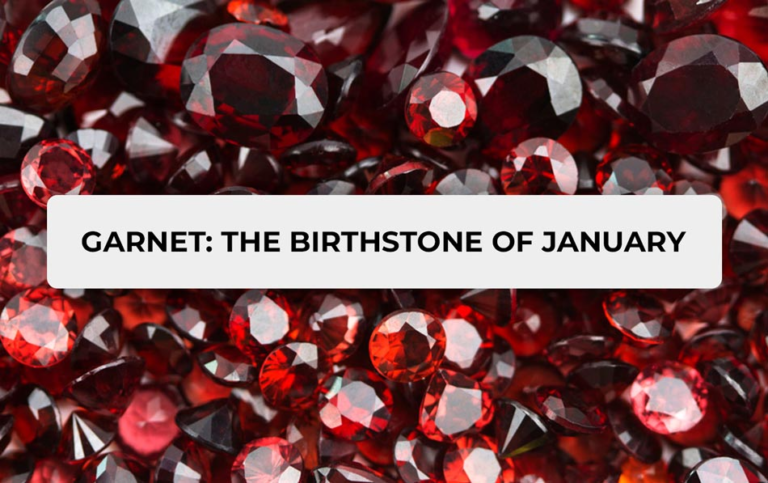Amethyst, the birthstone of February, is a gemstone that has captivated hearts for centuries with its enchanting violet hues and deep symbolism. Known for its striking beauty and spiritual significance, amethyst holds a special place in history and modern jewelry design.

This guide explores the allure of the February birthstone, delving into its history, features, and meaning for those born in this month.
What is Amethyst?
February gemstone amethyst, a vibrant purple gemstone, is one of the most sought-after varieties of quartz. Its stunning color is attributed to iron and natural radiation within the crystal structure. While its signature hue is purple, amethyst also comes in a range of shades from lilac to deep violet, often with bluish or reddish undertones.
Some fascinating facts about amethyst include:
- Zodiac Signs: Amethyst is associated with Pisces and Aquarius.
- Special Occasions: It is traditionally gifted for the 6th wedding anniversary.
- Global Presence: Major sources of amethyst include Brazil, Namibia, Russia,Zambia, Canada, the United States, and India.
Interestingly, ancient drinking vessels were made from amethyst to prevent intoxication, a nod to its Greek connection with Bacchus, the God of Wine. Even Cleopatra adorned herself with an amethyst signet ring symbolizing love and wisdom.
February Birthstone Amethysts – A Rich History
Amethyst’s history is as colorful as the gemstone itself. It was highly prized by ancient Egyptians, who used it as a protective amulet. Russian royalty, including Catherine the Great, cherished amethyst and added it to their extravagant collections of necklaces and earrings.
This gemstone’s color diversity—ranging from light lilac to deep violet—is influenced by trace elements and impurities within the stone. Its value increases when paired with other precious stones such as emeralds, rubies, or sapphires.
One of the most famous uses of amethyst in history is the Kent Parure, a set of royal jewelry featuring huge amethysts surrounded by diamonds, worn by Queen Elizabeth II. This highlights the timeless elegance of amethyst as a choice for regal adornments.
Colour Diversity of Amethyst
Amethyst’s captivating beauty lies in its wide color range. Here are the three main types:
- Siberian Amethysts: Known for their deep purple hue with red and blue flashes, these are considered the highest grade of amethyst.
2. Rose de France Amethysts: These feature softer tones like lilac and pinkish violet, creating a romantic and delicate look.
3. Ametrines: A natural blend of amethyst and citrine, this gemstone displays stunning zones of purple, yellow, and reddish-orange colors.
The grading of amethyst ranges from AAA (deep, rich purple) to A (lighter shades), allowing buyers to choose based on their preferences and budget.
Meaning and Symbolism of Amethyst
The word “amethyst” originates from the Greek word amethystos, meaning “not drunk.” Ancient Greeks believed that wearing amethyst could prevent intoxication and keep the mind clear.
Symbolism associated with amethyst includes:
- Strength and Clarity: It is believed to aid in decision-making and promote inner strength.
- Calm and Harmony: Its soothing properties are thought to improve sleep and reduce stress.
- Spiritual Connection: Amethyst is often seen as a stone of spirituality and protection, offering clarity in challenging situations.
- Healing: According to Christian traditions, its color represents suffering and healing, making it a meaningful gift.
Caring for Amethyst
Amethyst scores a 7.0 on the Mohs scale of hardness, making it durable enough for everyday wear but still prone to scratching if stored with harder gemstones. Here are some tips to keep your amethyst jewelry looking its best:
- Cleaning: Use a soft brush, mild soap, and warm water to clean your amethyst. Avoid steam cleaning; ultrasonic cleaning is an option but should be used cautiously.
- Avoid Heat: Intense light and heat can fade the vibrant colour of amethyst over time.
- Storage: Keep your amethyst jewelry separate from harder stones like diamonds to prevent scratches.
Amethyst can also undergo heat treatment to enhance its colour. However, excessive heat may cause the stone to become brittle or change color permanently, so care is essential.
Amethyst as a Gift for February Birthdays
Amethyst is a thoughtful and meaningful gift for anyone born in February. Its rich history and symbolism make it more than just a gemstone—it’s a token of love, clarity, and strength. Whether set in a ring, necklace, or bracelet, amethyst jewelry is a timeless treasure.
If you’re interested in learning more about gemstones like amethyst, the JK Diamonds Institute of Gems and Jewelry offers courses that teach you how to care for, identify, and grade gemstones through 100% practical training. Their gemology course equips you with the skills to succeed in the real world of gems and jewelry. In conclusion, amethyst is not just a birthstone of February; it’s a gemstone steeped in history, beauty, and meaning. Whether you’re celebrating a February birthday or looking for a unique piece of jewelry, this gemstone offers elegance and spiritual connection like no other.




